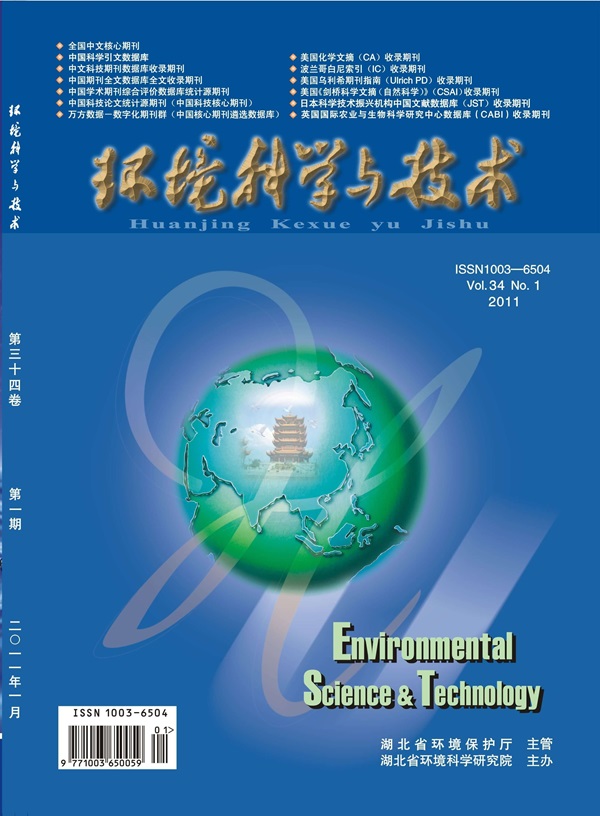Application of Antimony Stable Isotopes in Revealing the Source and Vertical Migration of Sb in Soil
IF 10.8
1区 环境科学与生态学
Q1 ENGINEERING, ENVIRONMENTAL
引用次数: 0
Abstract
Antimony (Sb) is a widespread contaminant that poses potential carcinogenic risks worldwide. Many countries are grappling with significant historical Sb-containing waste, leading to soil contamination, which is of international concern. The lack of clarity on Sb sources and migration mechanisms in soil limits the effective prevention and control of soil pollution. This study utilized Sb stable isotope techniques to analyze soil profiles from two pollution scenarios, with the aims of quantifying Sb sources, understanding migration processes, and elucidating isotopic fractionation mechanisms in soil. The results reveal that surface soil Sb originates primarily from atmospheric dry deposition (31.7–56.3%), wet deposition (19.6–32.7%), and rock weathering (<21.0%). In subsurface soils, Sb mainly comes from solutions resulting from desorption in upper soil layers, with adsorption by iron minerals, manganese (hydr-)oxides, and organic matter impeding its downward movement. Deeper soil layers contain Sb derived from parent rock weathering, with migration impacted by secondary mineral adsorption. Groundwater aids in Sb migration and influences isotopic fractionation during water–soil exchange. This research introduces a novel framework for quantitatively tracking Sb pollution and enhances the scientific understanding of the geochemical behavior of Sb in soil.

求助全文
约1分钟内获得全文
求助全文
来源期刊

环境科学与技术
环境科学-工程:环境
CiteScore
17.50
自引率
9.60%
发文量
12359
审稿时长
2.8 months
期刊介绍:
Environmental Science & Technology (ES&T) is a co-sponsored academic and technical magazine by the Hubei Provincial Environmental Protection Bureau and the Hubei Provincial Academy of Environmental Sciences.
Environmental Science & Technology (ES&T) holds the status of Chinese core journals, scientific papers source journals of China, Chinese Science Citation Database source journals, and Chinese Academic Journal Comprehensive Evaluation Database source journals. This publication focuses on the academic field of environmental protection, featuring articles related to environmental protection and technical advancements.
 求助内容:
求助内容: 应助结果提醒方式:
应助结果提醒方式:


